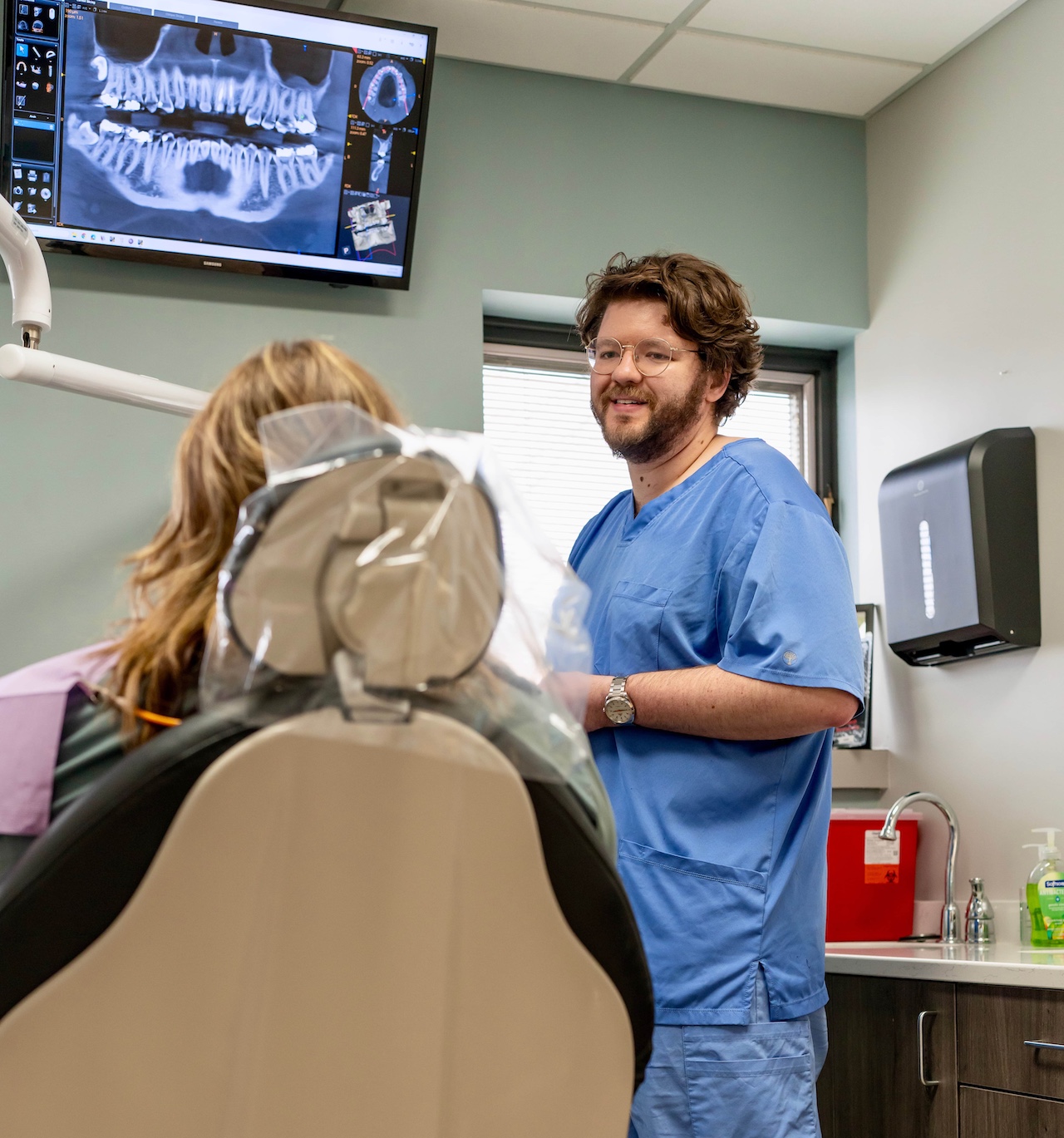Introduction: Why Does My Dental Filling Hurt?
Dental fillings are a standard solution for treating cavities. They are designed to restore the appearance and function of a tooth affected by decay. By sealing the damaged area, fillings help prevent further decay and alleviate the pain or sensitivity caused by a cavity. However, some people experience discomfort or sensitivity even after the filling is placed, leaving them wondering, “Why does my dental filling hurt?”
If you’ve recently had a filling and are experiencing discomfort, there may be several reasons behind it. In this blog, we’ll explore the possible causes of post-filling pain, when this discomfort is normal, and when to schedule a visit with your dentist for further care.
Common Reasons for Pain After a Dental Filling
- Normal Post-Procedure Sensitivity
- It’s normal to experience some sensitivity immediately after getting a filling as your tooth adjusts to the restoration. The enamel and underlying tissues may need time to adapt to the changes, mainly if the cavity is deep. This type of sensitivity is generally temporary and should gradually improve within a few days to a week. You might feel pain when eating hot, cold, or sweet foods during this period.
- High Filling or Bite Misalignment
- Sometimes, a filling may sit too high on the tooth, leading to an imbalance in your bite. When a filling is not adjusted correctly, it can place excess pressure on the affected tooth, causing pain when you chew or bite. Bite misalignment is a common issue that can often be quickly resolved by having your dentist readjust the filling height. If you notice pain only when biting down, it’s worth visiting your dentist to evaluate your bite.
- Nerve Irritation and Inflammation
- When decay is extensive, it can reach close to the tooth’s pulp, where the nerves reside. In such cases, drilling and filling may cause inflammation or irritation in the tooth’s nerve. This can lead to lingering discomfort, especially in deeper fillings, where the nerves have been more exposed. Patients may feel a throbbing or sharp pain in these instances, but this discomfort can improve as the inflammation subsides. However, if the pain persists or worsens, a more thorough evaluation is needed to rule out further complications.
- Cracks or Leakage Around the Filling
- Over time, some filling materials may shrink slightly, causing minor gaps between the filling and the tooth. These gaps allow bacteria to enter and cause additional decay or infection beneath the filling. Additionally, cracks in the filling material can result from chewing hard foods, grinding teeth, or general wear and tear, leading to similar issues. If bacteria are trapped under the filling, it can lead to infection and pain or sensitivity.
- Further Decay or Infection Beneath the Filling
- In cases where decay was severe or not entirely removed, the tooth may continue to deteriorate under the filling. Bacteria can linger in untreated areas, leading to infection beneath the restoration. Symptoms of decay or infection below a filling include continuous pain, sensitivity to hot or cold foods, swelling, or a foul taste in the mouth. This type of discomfort often requires urgent care to remove the infection and, in some cases, may require a root canal to resolve fully.
When to Contact Your Dentist
Monitoring the type and duration of discomfort after a filling is essential. While some minor sensitivity is normal, you should contact your dentist if:
- Pain persists for more than a week or worsens over time.
- You experience sharp, throbbing pain that doesn’t subside.
- The filling feels too high, or you notice an imbalance in your bite.
- There is visible swelling, signs of infection, or an unusual taste in your mouth.
Emergency Dental of Salt Lake City can assess these symptoms to determine the root cause and recommend a solution to alleviate discomfort. Timely intervention can prevent further complications and help you return to a pain-free smile.
FAQ Section
How long is pain normal after a filling?
Mild sensitivity is typical for a few days to a week after a filling. In some cases, particularly with deep fillings, sensitivity may last up to two weeks. However, if the pain persists or intensifies, it’s best to consult your dentist.
What can I do at home to relieve pain after a filling?
To ease sensitivity, use toothpaste designed for sensitive teeth and avoid extreme temperatures in foods and drinks. Over-the-counter pain relievers can also help manage minor discomfort. Chewing on the opposite side of the mouth may also minimize irritation.
Can a filling hurt months after it was placed?
Yes, delayed pain can sometimes occur due to bite misalignment, cracks in the filling, or infection beneath the filling. If you experience pain or sensitivity months after a filling, visit your dentist for an evaluation.
Conclusion: Why Does My Dental Filling Hurt?
Post-filling discomfort can be frustrating, but in many cases, it’s a normal part of the recovery process and will subside on its own. Common reasons for pain after a filling include normal sensitivity, bite misalignment, or nerve irritation. Remember, if pain persists or you notice signs of infection, it’s crucial to seek help from your dentist.
At Emergency Dental of Salt Lake City, our team is here to address all your dental concerns, from routine check-ups to urgent care. If you’re experiencing pain from a dental filling, don’t hesitate to contact us for a timely diagnosis and effective relief. Your comfort is our priority, and we’re here to help you maintain a healthy, pain-free smile!
Stay up-to-date with the latest in dental health and wellness by connecting with us on social media! Follow us on Instagram and Facebook for regular updates, tips, and insights to keep your smile bright and healthy. Join our community today and participate in our journey towards better oral health.

